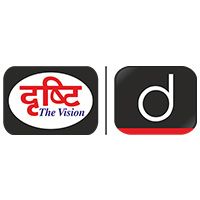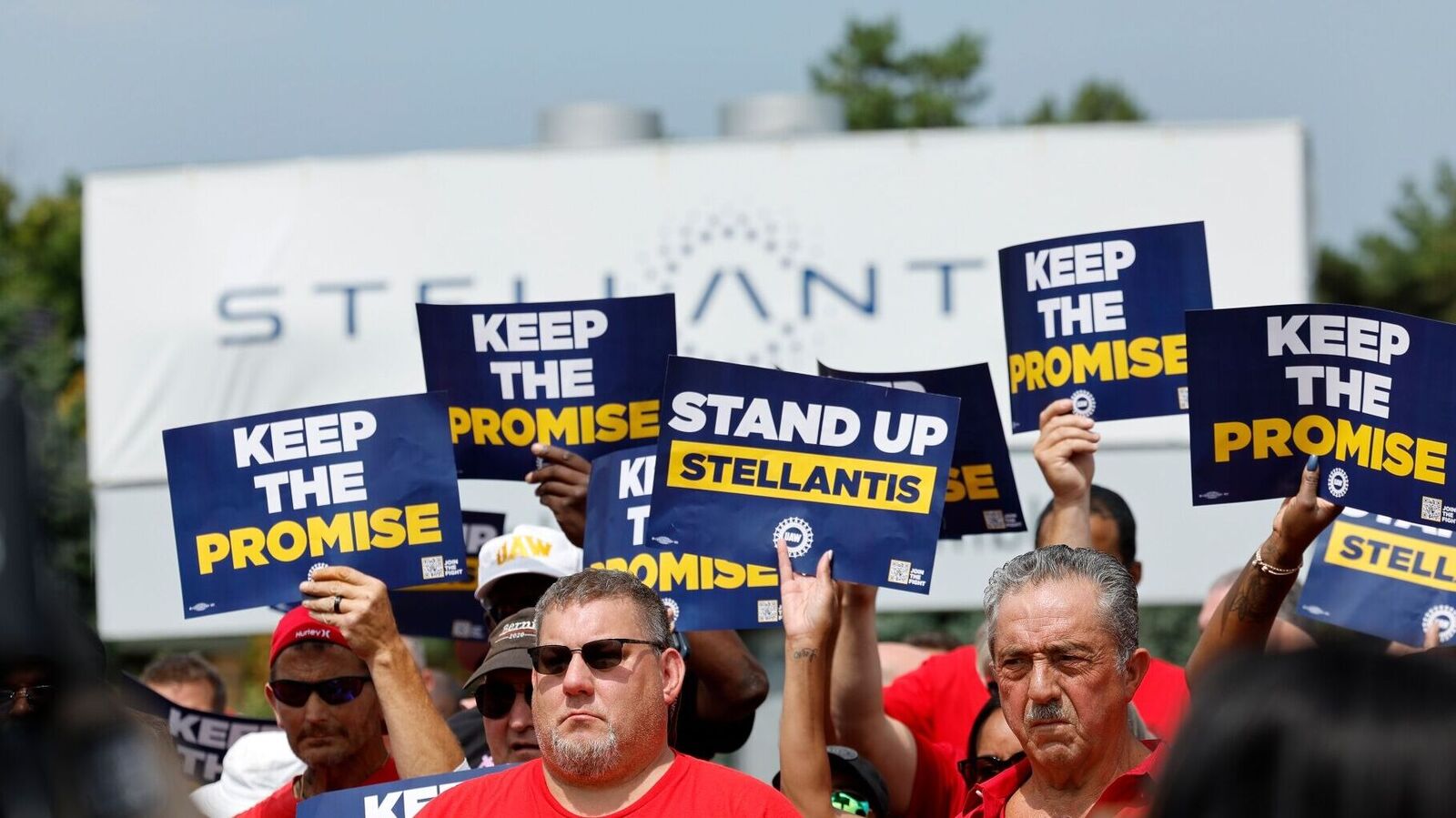
Union Cabinet Approved Simultaneous Elections
For Prelims: Union Cabinet, Simultaneous Elections, Lok Sabha, State Assemblies, One Nation, One Election, Municipalities, Panchayats, Election Commission of India, State Election Commissions, No-Confidence Motion, EVMs, VVPATs, Law Commission, Model Code of Conduct, Article 356, Council of Ministers.
For Mains: Need of simultaneous elections and associated concerns.
Why in News?
Recently, the Union Cabinet approved a proposal for simultaneous elections across the country, aligning polls for the Lok Sabha, state Assemblies, and local bodies across India.
What are Key Recommendations of the Committee on Simultaneous Elections?
- Amending the Constitution: The Constitution should be amended to enable simultaneous elections in two bills.
- Bill 1: Simultaneous elections will be held to Lok Sabha and State Assemblies. For this, no ratification by the states will be required for the constitutional amendment.
- Bill 2: Elections to municipalities and the panchayats will be synchronised with elections to Lok Sabha and state Assemblies in such a way that local body elections are held within 100 days of the elections to Lok Sabha and state Assemblies.
- This will require ratification by not less than one-half of the states.
- Required Amendments: For holding simultaneous elections, the committee had recommended 15 amendments to the Constitution of India. Important amendments include:
- Article 82A: The first Bill recommended by the Kovind committee would begin by inserting a new Article 82A into the Constitution.
- Article 82A will establish the process by which the country will move to a system of simultaneous elections for Lok Sabha and state Assemblies.
- It has recommended that the power of Parliament under Article 327 should be expanded to include “conduct of simultaneous elections”.
- Article 83 and Article 172: It recommended that under Articles 83(4) and 172(4), the Lok Sabha or state Assembly that replaces the previous one will serve only for the remaining “unexpired term” before being dissolved again once simultaneous elections are conducted as scheduled.
- Article 324A: The committee has suggested the inclusion of a new Article 324A in the Constitution.
- This new article would empower Parliament to make laws to ensure that municipality and panchayat elections are held simultaneously with the Lok Sabha and state Assemblies.
- Article 82A: The first Bill recommended by the Kovind committee would begin by inserting a new Article 82A into the Constitution.
- Single Electoral Role and Election ID: The Election Commission of India (ECI) can prepare a single electoral roll and election ID in consultation with the State Election Commissions (SEC) for all the three tiers of election.
- A constitutional amendment will require ratification by not less than one-half of the states to shift the power of SECs to ECI regrading electoral roll and election ID at state level.
- Hung Assembly or Premature Dissolution : In the event of a hung House, a no-confidence motion, or any such event, fresh elections should be held to constitute the new Lok Sabha or state Assembly for the unexpired term of the House.
- Meeting logistics requirements: The Election Commission of India will plan and estimate in advance, in consultation with the State Election Commissions, and take steps for the deployment of manpower, polling personnel, security forces, EVMs/VVPATs, etc.
- Synchronisation of Elections: To synchronise the elections, the committee has suggested that the President, through a notification issued on the first sitting of the Lok Sabha post general elections, set an ‘Appointed Date’.
- This date would mark the beginning of the new electoral cycle.
- Under the proposed Article 82A, all state assemblies elected in any general election held after the “appointed date” will conclude at the end of the Lok Sabha’s full term, regardless of whether they have completed their five-year term or not.
- Example: The next assembly elections in West Bengal (2026) and Karnataka (2028) would conclude these assemblies’ terms in May or June 2029, coinciding with the next Lok Sabha’s term.
What are Previous Recommendations on Simultaneous Elections?
- Law Commission: The 21st Law Commission set up in 2018 proposed that simultaneous elections would yield several benefits, including cost savings for the public, alleviation of strain on administrative structures and security forces etc.
- In the year 1999, the Law Commission of India recommended simultaneous elections to Lok Sabha and State Legislative Assemblies while examining measures for improving the electoral system in the country.
- Department related Parliamentary Standing committee on Personnel, Public grievances, Law and justice: In its 79th report, it had recommended an alternative and practicable method of holding simultaneous elections.
- NITI Aayog: A NITI Aayog’s 2017 Paper advocated the idea of conducting simultaneous elections for effective governance by reducing the frequent election cycle.
What are Simultaneous Elections?
- About: Simultaneous Elections means holding elections to the House of the People, all the State Legislative Assemblies, and local bodies i.e., Municipalities and Panchayats, together.
- It effectively means that a voter casts his vote for electing members for all tiers of the Government on a single day and at the same time.
- Currently, all these elections are held independently of one another, following timelines dictated by the terms of every individual elected body.
- It does not mean that voting across the country for Lok Sabha and State Assemblies needs to happen on a single day. This can be conducted in a phase-wise manner.
- It is popularly known as One Nation, One Election.
- History: Simultaneous Elections were, by and large, in vogue till the fourth general elections of 1967.
- However, as successive central governments used constitutional provisions to dismiss state governments before the end of their term, and as coalition governments in the states and the Centre kept collapsing, it led to the end of simultaneous elections.
- With the disruption of the cycle of Simultaneous Elections, thereafter, the country now faces five to six elections in a year.
- If Municipalities and Panchayat elections are also included, the number of elections will increase manifold.
- Need for Simultaneous Elections: The desirability of simultaneous elections can be discussed from the perspectives of cost, governance, administrative convenience and social cohesion.
- Cost Reduction: Holding general elections for the Lok Sabha costs approximately Rs 4,000 crore for the Central government. State assembly elections also incur significant costs based on the size of the State.
- Simultaneous elections could lead to a reduction in these overall costs.
- Campaign Mode: Political parties, including Ministers, often remain in a ‘permanent campaign’ mode due to frequent state elections, hindering effective policy-making and governance.
- Model Code of Conduct: During election periods, which last 45-60 days, new schemes or projects cannot be announced by the Central or State governments, due to imposition of Model Code of Conduct, further impacting governance.
- Impact on Efficiency: Administrative machinery slows down during elections as the focus shifts to conducting the elections. This includes the withdrawal of paramilitary forces from their regular duties to oversee elections.
- Social Cohesion: High-stake elections annually lead to polarising campaigns, exacerbated by social media, which can deepen societal divides in a multi-religious and multilingual country.
- Uncertainty in Economy: Asynchronous elections cause uncertainty and instability, thwarting supply chains, business investments, economic growth and other outcomes.
- Impact on Voters: Frequent elections induce ‘voters’ fatigue’ and present a significant challenge in ensuring their participation. Simultaneous elections present an opportunity to cast votes in one go.
- Cost Reduction: Holding general elections for the Lok Sabha costs approximately Rs 4,000 crore for the Central government. State assembly elections also incur significant costs based on the size of the State.
What Concerns are Associated with Simultaneous Elections?
- Undermine Federal Spirit: National political parties may gain an advantage over regional parties, which could undermine the federal spirit.
- It could marginalise regional parties that rely on local issues and grassroots campaigning, whereas national parties benefit from larger resources and media influence
- Former Chief Election Commissioner S.Y. Quraishi criticised simultaneous elections for blurring distinctions between national and local issues, thereby weakening federalism.
- Electoral Feedback: Elections serve as a feedback mechanism for governments. Conducting elections only once every five years could disrupt the timely feedback loop necessary for effective governance.
- Premature Dissolutions: If simultaneous elections are conducted and the government loses its majority in the Lok Sabha, it raises the question of whether new elections would be required in all the states, even if the ruling party holds an absolute majority in those states.
- Lengthy Constitutional Amendments: Simultaneous elections would require amendments to Articles 83, 85, 172, and 174 of the Constitution, which deal with the duration and dissolution of Lok Sabha and State Legislative Assemblies.
- Changes would also need to be made to Article 356, which allows for the dissolution of State assemblies under President’s rule.
- Voter Engagement: Regional parties rely on personal methods of voter engagement such as door-to-door campaigning, local meetings, and small rallies. In simultaneous elections, voters may be swayed by corporate media influence and large organised rallies.
- A study found a 77% chance that voters would vote for the same party in both elections when they are held simultaneously.
How to Address Concerns Associated with Simultaneous Elections?
- Democratic Nature of Indian Governance: Politicians must seek re-election at the end of their term, preventing them from becoming “permanent members” of the legislature.
- This democratic structure of Indian governance ensures that politicians remain answerable to their electorate.
- Accountability Mechanisms in Place: The Council of Ministers is accountable to the legislature, and judicial oversight plays a role in maintaining political accountability.
- Therefore, frequent elections are not the only or the most effective means to hold politicians accountable.
- Check on Corruption: Elections require significant expenditure, and politicians often seek to recover these costs after being elected. This fuels corruption and the growth of the parallel black economy.
- Simultaneous elections can help in checking corruption to a large extent.
- International Examples: Parliamentary democracies like South Africa, Sweden, and Germany have fixed tenures for their legislatures.
- South Africa holds simultaneous national and provincial elections every five years.
- Sweden and Germany elect their Prime Minister and Chancellor, respectively, every four years, with mechanisms to handle lack of confidence without early elections.
Conclusion
Simultaneous elections offer potential benefits like reduced costs, administrative efficiency, and less disruption to governance. However, they also pose challenges, including constitutional amendments, logistical complexities, and concerns over federalism. Transformative measures often come with short-term difficulties, making them politically risky to implement. A balanced approach, involving stakeholder consultations and phased implementation, could address these concerns while realising the advantages of conducting elections concurrently across India.
|
Drishti Mains Question:
What are the potential benefits and challenges associated with implementing simultaneous elections in India.
|
UPSC Civil Services Examination Previous Year Question (PYQ)
Prelims
Q.Which one of the following factors constitutes the best safeguard of liberty in a liberal democracy? (2021)
(a) A committed judiciary
(b) Centralization of powers
(c) Elected government
(d) Separation of powers
Ans: (d)
Q. Consider the following statements: (2021)
- In India, there is no law restricting the candidates from contesting in one Lok Sabha election from three constituencies.
- In the 1991 Lok Sabha Election, Shri Devi Lal contested from three Lok Sabha constituencies.
- As per the existing rules, if a candidate contests in one Lok Sabha election from many constituencies, his/her party should bear the cost of bye-elections to the constituencies vacated by him/her winning in all the constituencies.
Which of the statements given above is/are correct?
(a) 1 only
(b) 2 only
(c) 1 and 3
(d) 2 and 3
Ans: (b)
Mains
Q. Individual Parliamentarian’s role as the national law maker is on a decline, which in turn, has adversely impacted the quality of debates and their outcome. Discuss. (2019)
Q. “The local self-government system in India has not proved to be effective instrument of governance”. Critically examine the statement and give your views to improve the situation. (2017)
